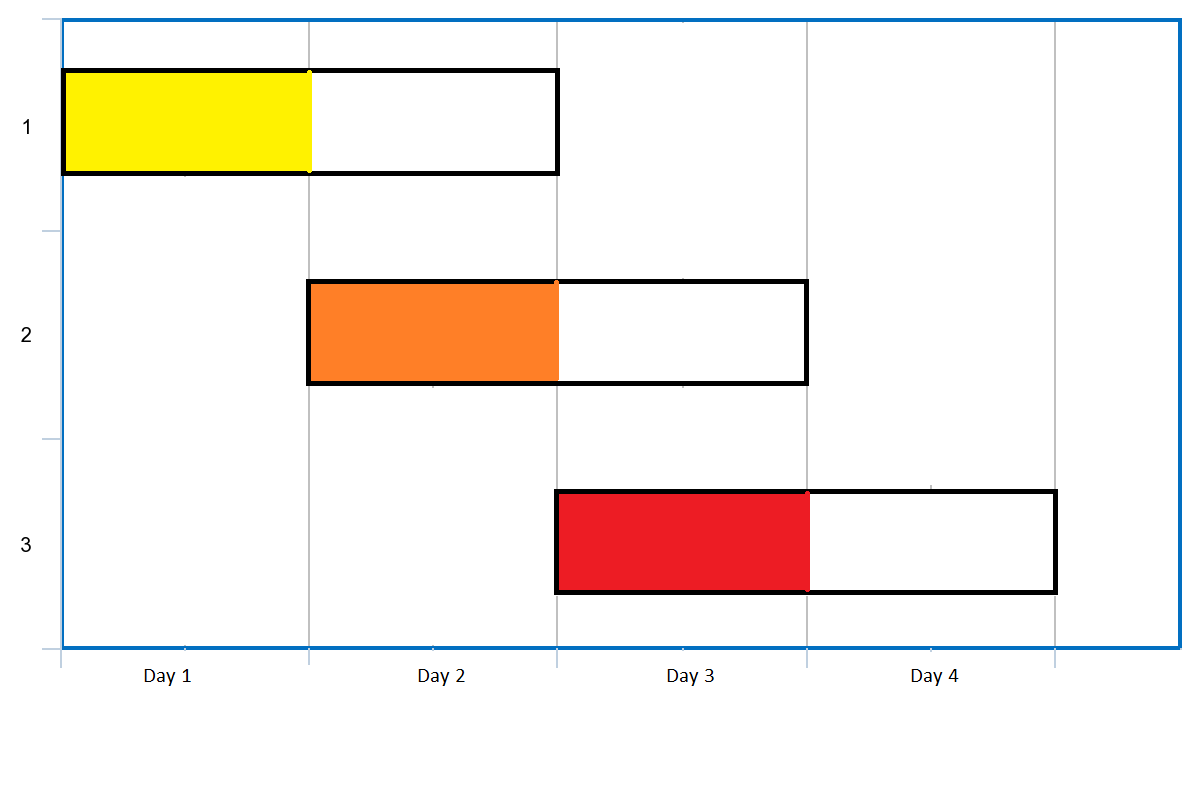Implement the class TweetCounts that supports two methods:
1. recordTweet(string tweetName, int time)
- Stores the
tweetNameat the recordedtime(in seconds).
2. getTweetCountsPerFrequency(string freq, string tweetName, int startTime, int endTime)
- Returns the total number of occurrences for the given
tweetNameper minute, hour, or day (depending onfreq) starting from thestartTime(in seconds) and ending at theendTime(in seconds). freqis always minute, hour or day, representing the time interval to get the total number of occurrences for the giventweetName.- The first time interval always starts from the
startTime, so the time intervals are[startTime, startTime + delta*1>, [startTime + delta*1, startTime + delta*2>, [startTime + delta*2, startTime + delta*3>, ... , [startTime + delta*i, min(startTime + delta*(i+1), endTime + 1)>for some non-negative numberianddelta(which depends onfreq).
Example:
Input
["TweetCounts","recordTweet","recordTweet","recordTweet","getTweetCountsPerFrequency","getTweetCountsPerFrequency","recordTweet","getTweetCountsPerFrequency"]
[[],["tweet3",0],["tweet3",60],["tweet3",10],["minute","tweet3",0,59],["minute","tweet3",0,60],["tweet3",120],["hour","tweet3",0,210]]
Output
[null,null,null,null,[2]
[2,1],null,[4]]
Explanation
TweetCounts tweetCounts = new TweetCounts();
tweetCounts.recordTweet("tweet3", 0);
tweetCounts.recordTweet("tweet3", 60);
tweetCounts.recordTweet("tweet3", 10); // All tweets correspond to "tweet3" with recorded times at 0, 10 and 60.
tweetCounts.getTweetCountsPerFrequency("minute", "tweet3", 0, 59); // return [2]. The frequency is per minute (60 seconds), so there is one interval of time: 1) [0, 60> - > 2 tweets.
tweetCounts.getTweetCountsPerFrequency("minute", "tweet3", 0, 60); // return [2, 1]. The frequency is per minute (60 seconds), so there are two intervals of time: 1) [0, 60> - > 2 tweets, and 2) [60,61> - > 1 tweet.
tweetCounts.recordTweet("tweet3", 120); // All tweets correspond to "tweet3" with recorded times at 0, 10, 60 and 120.
tweetCounts.getTweetCountsPerFrequency("hour", "tweet3", 0, 210); // return [4]. The frequency is per hour (3600 seconds), so there is one interval of time: 1) [0, 211> - > 4 tweets.
Constraints:
- There will be at most
10000operations considering bothrecordTweetandgetTweetCountsPerFrequency. 0 <= time, startTime, endTime <= 10^9
Solution: Hashtable + binary search
Time complexity:
Record: O(logn)
getCount: O(logn + |entries|)
Space complexity: O(n)
C++
|
1 2 3 4 5 6 7 8 9 10 11 12 13 14 15 16 17 18 19 20 21 22 23 24 25 26 27 28 29 30 31 |
// Author: Huahua class TweetCounts { public: TweetCounts() { m_.clear(); } void recordTweet(string tweetName, int time) { m_[tweetName].insert(time); } vector<int> getTweetCountsPerFrequency(string freq, string tweetName, int startTime, int endTime) { auto tit = m_.find(tweetName); if (tit == m_.end()) return {}; const set<int>& s = tit->second; int delta = 1; if (freq == "minute") delta = 60; else if (freq == "hour") delta = 60 * 60; else if (freq == "day") delta = 60 * 60 * 24; int slots = (endTime - startTime + delta - 1) / delta; vector<int> ans(slots); for (int i = startTime; i <= endTime; i += delta) { auto it1 = s.lower_bound(i); auto it2 = s.lower_bound(min(i + delta, endTime + 1)); ans.push_back(distance(it1, it2)); // O(|entries|) } return ans; } private: unordered_map<string, set<int>> m_; }; |
